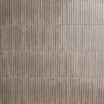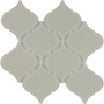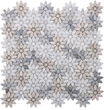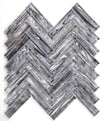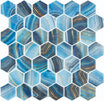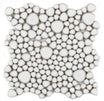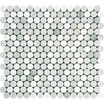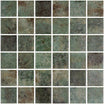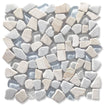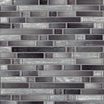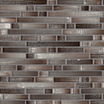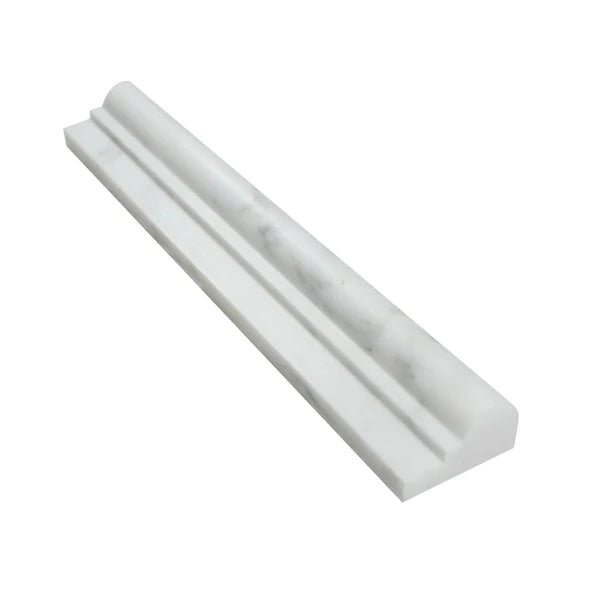
Asian Statuary Marble Ogee Molding

Description
Elevate your tile work with Asian Statuary Marble Ogee Molding and enjoy a meticulous blend of beauty and craftsmanship. The carved white backdrop with beautiful marble gray streaks provides a molded white ogee trim which captures the sculpted refinement of modern civilization and ancient tradition effortlessly, perfect for any space.
Preferable for framing accent panels, creating walls, and a wide array of other transitions, this high grade marble molding serves a polished professional touch. The architectural line changes bring added depth with the ogee curve making this molding perfect for bathrooms, kitchens, fireplace surrounds, and almost any feature walls.
- Type: Ogee Molding
- Finish: Polished
- Material: Marble
-
Perfect For: Shower surrounds, trim edges, wall caps, and luxury framing
Subtle curves and polished detailing from the Asian Statuary Marble Ogee Molding provide a fitted transition and enhance tile work elegance unlike anything else.
Specifications
Installation
MATERIAL INSPECTION
There will be naturally occurring variations in the color, pattern, texture, and veining that may differ from what was pictured. Before you begin installation, please inspect the goods for any damage or defects such as chipped edges or broken pieces. We cannot make any adjustments or provide service after the installation has begun.
SUBSTRATE
To ensure a proper installation, the tile must be installed over a suitable substrate. Tile should be installed over a clean flat surface that is free of contaminants, including curing compounds. The substrate should be free of cracks. If used in a wet area, it is essential to waterproof. See manufacturer's recommendation for a waterproofing and crack prevention membrane that is compatible with the setting material you are using. Expansion joints should be installed at all changes in plane in the tile work and where tile abuts restraining surfaces. In all corner joints, install using silicone caulking sealant instead of grout.
INSTALLATION
We recommend that you dry-fit your pattern first. Think about the cuts in advance and visualize the installation. Make sure that you practice laying out the pattern. This will also help you plan out the placement of the pieces, which is especially helpful with tiles that have a lot of variation.
To avoid affecting the color of the tile, we highly recommend using white thin-set mortar. For faster installation, use a rapid curing thin-set mortar.
- Apply as much adhesive as can be covered within 10-15 minutes
- Grout joint should be a minimum of 1/16” and not butt set
- Prior to fixing the tiles in the mortar bed, use the flat side of the trowel to smooth down the ridges
- We suggest using a 9" Trowel with a 1/8" square notch
- When installing our ceramic material, use a 3/16" or 1/4" square notch trowel.
GROUTING
- For all-ceramic tiles, we suggest using non-sanded grout in order to prevent scratching.
- Before grouting, test an area to make sure the stone surface will not scratch.
- Grout joints should be packed full. Do not leave pits or voids.
- Clean excess grout as you work. Do not let it harden completely.
- Never use acids to clean grout haze.
- Use a damp sponge for the final cleaning and to smooth out the grout joints.
- We highly recommend applying grout release prior to grouting the tile to facilitate cleaning and for protection against staining from contrasting color grouts.
CUTTING
For the best results, use a wet-saw with a new, continuous rim diamond blade designed to cut ceramic tile.
CLEANING
Porcelain tile is one of the easiest flooring materials to clean. Use a damp sponge mop. We suggest a solution of 1/4 cup of white vinegar to every 2 gallons of water. Allow time for drying. You can also sweep or vacuum.
Porcelain tile, while impervious, may still have its surface subject to discoloration if not cared for properly.
For cleaning unpolished surfaces:
- Sweep or vacuum dust and debris from the floor.
- When sweeping, use a soft-bristle broom and sweep in two directions: first, sweep along the direction of the grain in the tile. Then, sweep diagonally. This effectively dislodges dust and debris from inside the textured surface.
- Next, saturate the tile with a neutral cleaning solution such as vinegar and hot water and stir. Allow the cleaning solution to remain on the floor 5–10 minutes.
- Scrub the floor with a brush using the two-direction method.
- Rinse the floor with clean, clear water to remove the cleaning solution.
For high traffic locations, we suggest cleaning the floor at least once per day and wet mop at regular intervals.
REMINDERS
- Do not clean porcelain tile flooring with ammonia or cleaners that contain bleach and/or acid, as this may modify the grout color.
- Do not use wax, oil-based, abrasive cleaners, or sealants.
- Avoid using agents that contain any dyes or colors.
- Do not use steel wool pads. Leftover steel particles may create rust stains in the grout.
- We suggest placing rugs at entrances to minimize dirt and grit from being tracked into the tile flooring from outdoors.
Elevate your tile work with Asian Statuary Marble Ogee Molding and enjoy a meticulous blend of beauty and craftsmanship. The carved white backdrop with beautiful marble gray streaks provides a molded white ogee trim which captures the sculpted refinement of modern civilization and ancient tradition effortlessly, perfect for any space.
Preferable for framing accent panels, creating walls, and a wide array of other transitions, this high grade marble molding serves a polished professional touch. The architectural line changes bring added depth with the ogee curve making this molding perfect for bathrooms, kitchens, fireplace surrounds, and almost any feature walls.
- Type: Ogee Molding
- Finish: Polished
- Material: Marble
-
Perfect For: Shower surrounds, trim edges, wall caps, and luxury framing
Subtle curves and polished detailing from the Asian Statuary Marble Ogee Molding provide a fitted transition and enhance tile work elegance unlike anything else.
MATERIAL INSPECTION
There will be naturally occurring variations in the color, pattern, texture, and veining that may differ from what was pictured. Before you begin installation, please inspect the goods for any damage or defects such as chipped edges or broken pieces. We cannot make any adjustments or provide service after the installation has begun.
SUBSTRATE
To ensure a proper installation, the tile must be installed over a suitable substrate. Tile should be installed over a clean flat surface that is free of contaminants, including curing compounds. The substrate should be free of cracks. If used in a wet area, it is essential to waterproof. See manufacturer's recommendation for a waterproofing and crack prevention membrane that is compatible with the setting material you are using. Expansion joints should be installed at all changes in plane in the tile work and where tile abuts restraining surfaces. In all corner joints, install using silicone caulking sealant instead of grout.
INSTALLATION
We recommend that you dry-fit your pattern first. Think about the cuts in advance and visualize the installation. Make sure that you practice laying out the pattern. This will also help you plan out the placement of the pieces, which is especially helpful with tiles that have a lot of variation.
To avoid affecting the color of the tile, we highly recommend using white thin-set mortar. For faster installation, use a rapid curing thin-set mortar.
- Apply as much adhesive as can be covered within 10-15 minutes
- Grout joint should be a minimum of 1/16” and not butt set
- Prior to fixing the tiles in the mortar bed, use the flat side of the trowel to smooth down the ridges
- We suggest using a 9" Trowel with a 1/8" square notch
- When installing our ceramic material, use a 3/16" or 1/4" square notch trowel.
GROUTING
- For all-ceramic tiles, we suggest using non-sanded grout in order to prevent scratching.
- Before grouting, test an area to make sure the stone surface will not scratch.
- Grout joints should be packed full. Do not leave pits or voids.
- Clean excess grout as you work. Do not let it harden completely.
- Never use acids to clean grout haze.
- Use a damp sponge for the final cleaning and to smooth out the grout joints.
- We highly recommend applying grout release prior to grouting the tile to facilitate cleaning and for protection against staining from contrasting color grouts.
CUTTING
For the best results, use a wet-saw with a new, continuous rim diamond blade designed to cut ceramic tile.
CLEANING
Porcelain tile is one of the easiest flooring materials to clean. Use a damp sponge mop. We suggest a solution of 1/4 cup of white vinegar to every 2 gallons of water. Allow time for drying. You can also sweep or vacuum.
Porcelain tile, while impervious, may still have its surface subject to discoloration if not cared for properly.
For cleaning unpolished surfaces:
- Sweep or vacuum dust and debris from the floor.
- When sweeping, use a soft-bristle broom and sweep in two directions: first, sweep along the direction of the grain in the tile. Then, sweep diagonally. This effectively dislodges dust and debris from inside the textured surface.
- Next, saturate the tile with a neutral cleaning solution such as vinegar and hot water and stir. Allow the cleaning solution to remain on the floor 5–10 minutes.
- Scrub the floor with a brush using the two-direction method.
- Rinse the floor with clean, clear water to remove the cleaning solution.
For high traffic locations, we suggest cleaning the floor at least once per day and wet mop at regular intervals.
REMINDERS
- Do not clean porcelain tile flooring with ammonia or cleaners that contain bleach and/or acid, as this may modify the grout color.
- Do not use wax, oil-based, abrasive cleaners, or sealants.
- Avoid using agents that contain any dyes or colors.
- Do not use steel wool pads. Leftover steel particles may create rust stains in the grout.
- We suggest placing rugs at entrances to minimize dirt and grit from being tracked into the tile flooring from outdoors.
Sculpted Timeless Detail in a Ultra Chic Finish
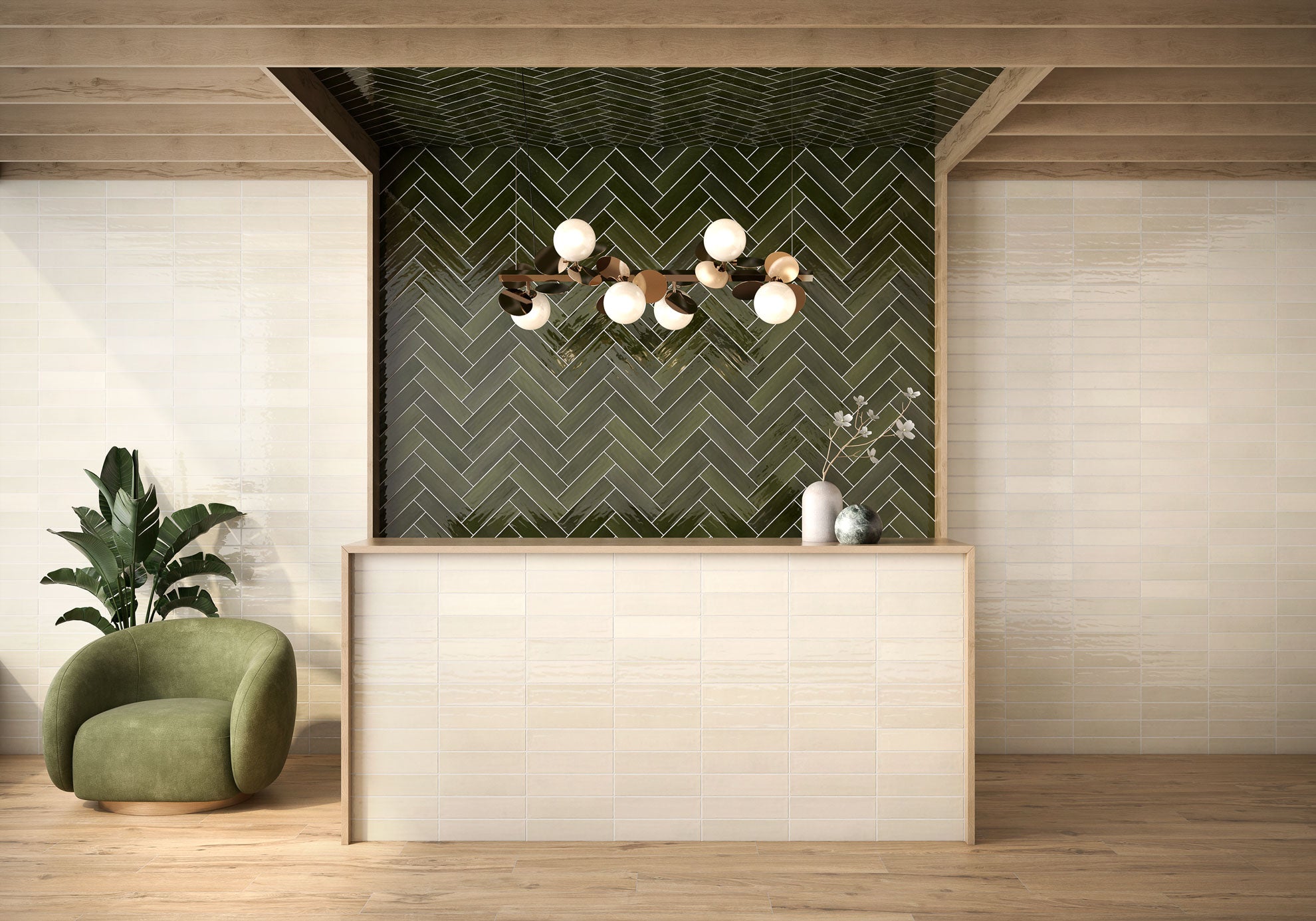
Complimentary Design Consultation
Transform your space with expert guidance! Our Free Design Consultation service helps you choose the perfect tiles for your home or project. Whether you're remodeling your kitchen, bathroom, or an entire space, our tile specialists will provide personalized recommendations based on your style, budget, and needs.
- From concept to completion
- Handpicked samples
- Personalized consultation with a designer
- Ongoing support and follow-ups
(FAQs) Frequently Asked Questions
Is sealing the ogee molding required?
Yes, like all natural stone trim pieces, it should be sealed during and after installation to protect it from moisture and staining.
Does it coordinate with other Asian Statuary marble tiles?
Yes, it does. It’s made out of the same material, so it is meant to go with Asian Statuary field tiles and mosaics.


